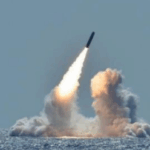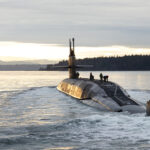
The current trillion-dollar nuclear modernization regime is based on obsolete thinking that fails to consider the emerging nuclear danger posed by China, the head of U.S. Strategic Command said Monday at the virtual STATCOM Nuclear Deterrence Symposium. The U.S. is modernizing against “old requirements” developed with the assumption that China is a “lesser included case” in the nuclear threat-scape — an assumption, Adm. Charles Richard said, that isn’t true anymore. Richard made his point Monday in an online address to…

 By
By 











